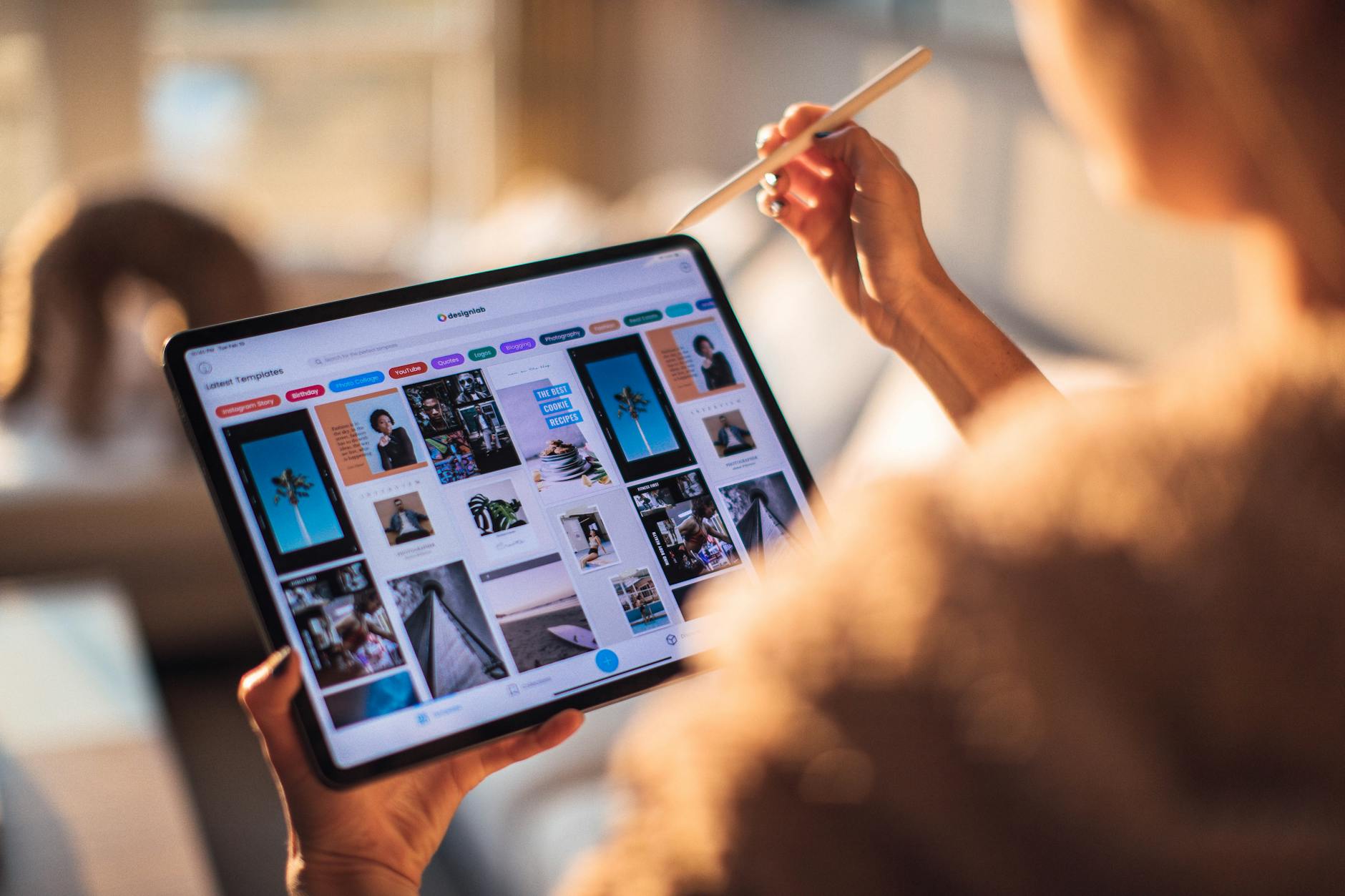What is limiting multitasking?

What is limiting multitasking?
In today’s fast-paced world, multitasking is often seen as a valuable skill. We juggle emails, phone calls, meetings, and tasks all at once, believing we are more productive. But what if I told you that limiting multitasking might actually boost your productivity? This article explores the concept of limiting multitasking, its significance, and how it can transform your work and life for the better.
Understanding Multitasking
Multitasking refers to the ability to manage multiple tasks simultaneously. In our daily lives, this often looks like responding to messages while attending a meeting or cooking dinner while watching TV. It’s become a norm in both personal and professional settings, especially as technology advances. With smartphones at our fingertips, distractions are just a notification away.
However, this constant switching can lead to less effective work. Research has shown that multitasking might not be as beneficial as we think. According to the American Psychological Association, multitasking can slow down our overall performance and even impair learning.

Photo by Roberto Nickson
The Psychology of Multitasking
Understanding how our brains process multiple tasks reveals the limitations of multitasking. Scientific studies indicate that our brains aren’t wired to handle several high-demand tasks at once. When we attempt to multitask, we actually switch between tasks rather than performing them simultaneously. This switch can cause cognitive overload, leading to mistakes and decreased productivity.
For instance, a study published in the journal Multicosts of Multitasking highlights that multitasking can cause significant drops in efficiency and increase errors (read more about it here). Our cognitive resources are limited, and spreading them too thin can compromise performance.
The Consequences of Multitasking
Impact on Productivity
The consequences of multitasking are significant. Research shows that individuals who frequently switch between tasks end up spending more time on their overall workload. According to a study cited by Verywell Mind, multitasking can lead to a 40% drop in productivity. This means that what might seem like efficiency can actually waste time and effort.
Effects on Mental Health
Beyond productivity, multitasking has negative effects on mental health. Constantly switching gears can increase stress levels, leading to burnout. In a world where work-life balance is essential, juggling tasks can be overwhelming. Stress from multitasking can also lead to anxiety and other mental health issues, as noted in an article by Lifespan.
Benefits of Limiting Multitasking
Reducing multitasking can yield several benefits, enhancing not only our productivity but also our overall well-being.
Improved Focus and Quality of Work
One of the primary advantages of limiting multitasking is improved focus. When you concentrate on one task at a time, you’re likely to produce higher quality work. This deeper engagement leads to better results. By dedicating your attention fully to a single task, you can dive into the details, fostering creativity and problem-solving.
Enhanced Time Management
Limiting multitasking also improves your time management skills. When you prioritize tasks and focus on completing them sequentially, you allocate your time more effectively. This organized approach allows you to accomplish more in less time. A streamlined workflow not only makes you more efficient but also provides a sense of accomplishment as you check off completed tasks.
Strategies for Limiting Multitasking
If you’re ready to embrace a more focused approach, here are some strategies to help limit multitasking in your daily routine.
Time Blocking
Time blocking is an effective technique that encourages you to allocate dedicated time for specific tasks. By scheduling uninterrupted blocks, you create a structured environment that reduces distractions. You can use digital calendars or even a simple planner to map out your day. This allows you to commit to a single task without interruptions, leading to increased productivity.
Setting Priorities and Goals
To effectively limit multitasking, it’s crucial to set clear priorities and achievable goals. Determine what tasks require your immediate attention and focus on them first. Break larger projects into smaller, manageable steps. This method not only helps you stay organized but also provides a clearer path toward completion.
Conclusion
Limiting multitasking is more than just a productivity hack; it’s a necessary shift in how we approach our work and daily lives. By focusing on one task at a time, we can enhance our performance, reduce stress, and ultimately find more satisfaction in our achievements.
As you consider integrating these strategies into your routine, remember that the journey to improved productivity doesn’t happen overnight. It requires consistency and commitment, but the benefits are well worth the effort. Embrace limiting multitasking and watch as your efficiency and well-being flourish.